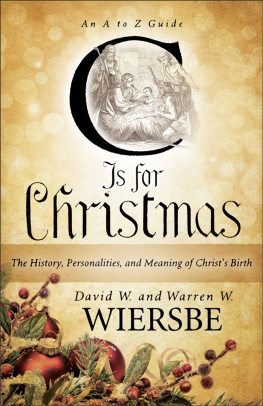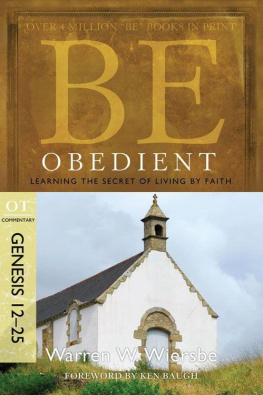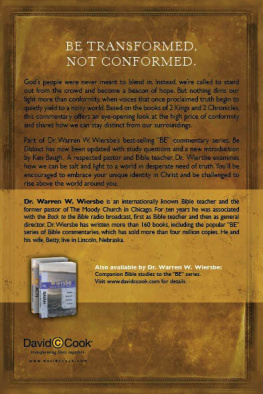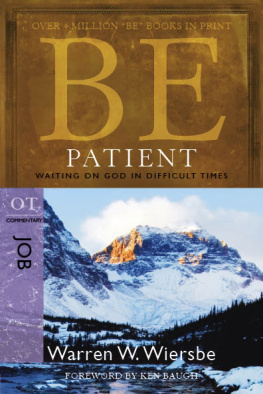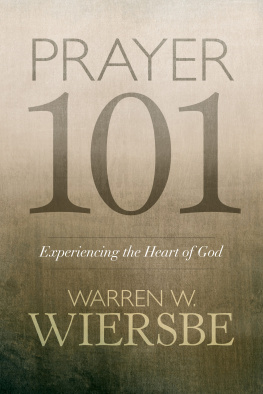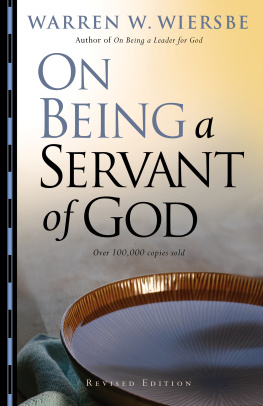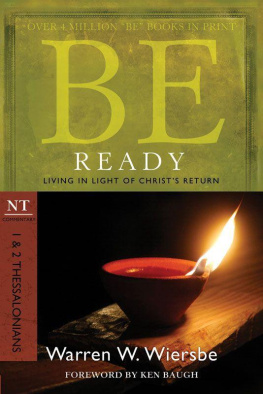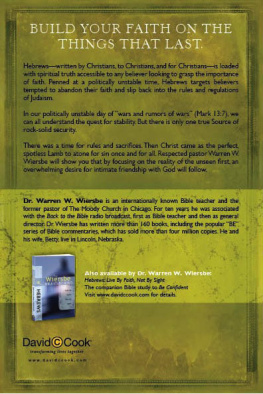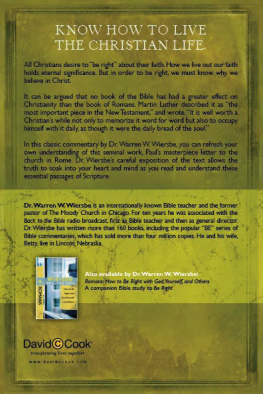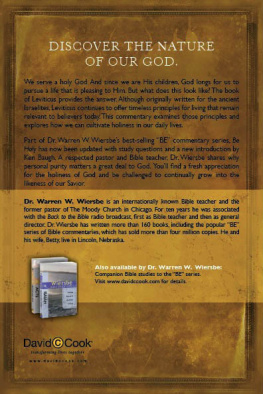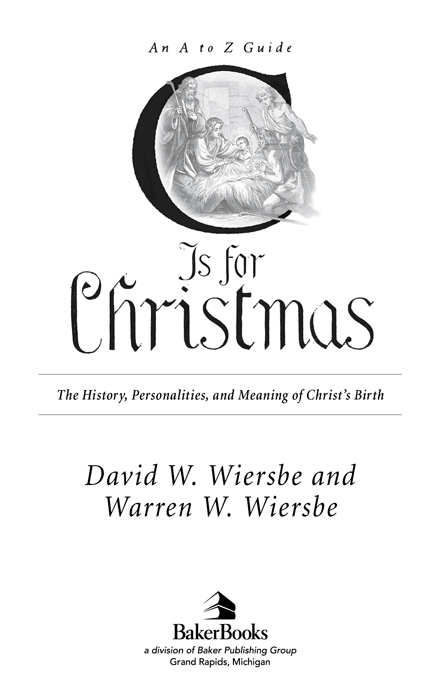Preface
Throughout the centuries, so many traditions have woven themselves into Christmas that its becoming difficult to understand what the Advent season is all about. This book is an attempt to add some depth of meaning and some spiritual insight to your Christmas celebration. We dont want you celebrating Christmas wearing a blindfold.
The better we understand the historical and doctrinal foundations of the magnificent Christmas event, the more exciting and enriching this special day becomes. Christmas is about the greatest of miraclesthe Lord coming to earth as a human beingand it offers to the world the greatest of giftseternal life. For God did not send his Son into the world to condemn the world, but to save the world through him (John 3:17).
We suggest you have a Bible at hand as you read. To get the most out of this book, you should look up the biblical references and ponder them.
O come let us adore Him,
Christ the Lord!
David W. Wiersbe
Warren W. Wiersbe
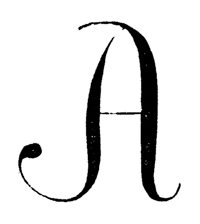
Advent
The word advent means coming and refers to Jesus Christs coming to earth as an infant and to His promised return to earth known as the second coming.
Right after Thanksgiving, two grandsons called their grandmother to announce that they had begun decorating the house for Christmas. And guess what? We got to set up our baby Jesus action figures! For most of us, the nativity scene is the most common mental picture of Advent. But Advent is far more than the baby in the manger, as you will discover.
Advent, Christs First
Knowing the Messiah
The first question to ask about Christs first coming is, How would the world know the Messiah?
Christs first advent fulfills a long progression of specific prophecies. God Himself, in Genesis 3:15, predicted that a human descendant of Adam and Eve would crush Satans head. Israel came to expect that the Messiah would be like Moses, based on Deuteronomy 18:18: I will raise up a prophet from among their countrymen like you, and I will put My words in his mouth, and he shall speak to them all that I command him (NASB).
Gods covenant with Abraham meant that his offspring, the nation of Israel, had a special relationship to God, and through Abrahams line all the families of the earth would be blessed (Gen. 12:13). The patriarch Jacob foretold that the Messiah would come from the tribe of Judah (49:10). Gods promise to David was that one day one of Davids descendants would reign on his throne forever (see 2 Sam. 7:1216). Isaiah predicted that Messiah would be born of a virgin (Isa. 7:14). Bethlehem was to be the site of Messiahs birth (Mic. 5:2).
Putting the prophecies together, Messiah would be a human being, a Jew from the tribe of Judah, in the line of King David, born of a virgin in the town of Bethlehem. By fulfilling these prophecies, Jesus Christ confirms that He alone is the One sent from God to be our Savior.
Christs Human Nature
Another question about Christs first coming that requires an answer is, Why did God take on a human nature and body?
The New Testament affirms consistently that God the Son took on a human body and nature, so that Jesus is uniquely fully God and fully human. The Word became flesh (John 1:14), and the word for flesh means skin and bone and blood. John contends that only those who confess that Jesus Christ came in the flesh belong to God (1 John 4:2). Paul refers to Jesus in an early confession of faith as He who was revealed in the flesh (1 Tim. 3:16). The writer to the Hebrews agrees: Since the children share in flesh and blood, He Himself likewise also partook of the same (Heb. 2:14 NASB). Gods holiness requires that sin be judged, and the wages of sin is death (Rom. 6:23). Because of Adam and Eves sin, every human being has entered the world with an inner bent toward sin (5:12). Sin is inbred, not only a learned behavior. To redeem sinful human beings, the Redeemer must be a human being (Heb. 2:1415; Gal. 4:45).
But the Redeemer must be sinless; that is, He must have no sins of His own for which to pay. John the Baptist identified Jesus as the Lamb of God, who takes away the sin of the world (John 1:29). Lamb refers to a Passover lamb, which had to be perfect in every way. The implication is that Jesus was perfect and therefore could be the substitute sacrificed for humanitys sin. (For other affirmations of Christs sinlessness, see John 8:46; 2 Cor. 5:21; Heb. 4:15; 1 Peter 2:22; 1 John 3:5.)
To bring salvation, the Redeemer must right what our first parents did wrong. Jesus is referred to as the Second Adam because He restored what Adam had lost (see 1 Cor. 15:45). God made Him who knew no sin to be sin on our behalf, that we might become the righteousness of God in Him (2 Cor. 5:21 NASB). For as through the one mans disobedience the many were made sinners, even so through the obedience of the One the many will be made righteous (Rom. 5:19 NASB). Charles Wesley put it this way: Second Adam from above, reinstate us in Thy love.

